Non-Surgical Treatments
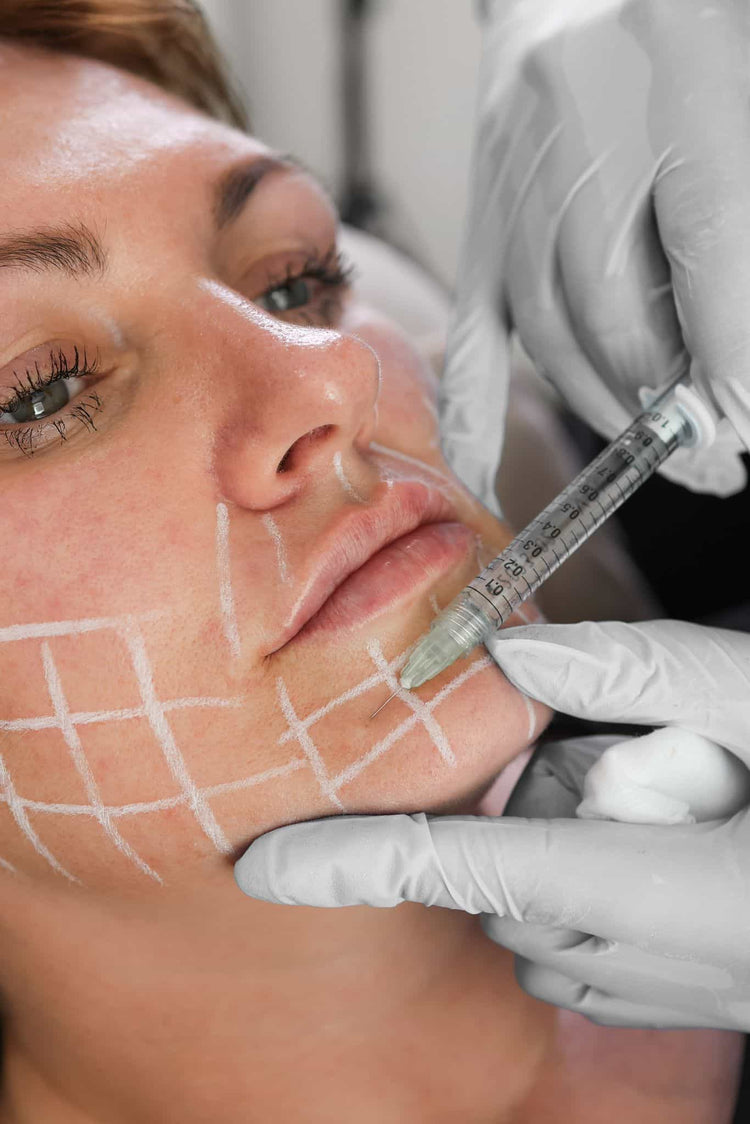
Non-surgical treatments offer a minimally invasive approach to rejuvenating the delicate under-eye area. These innovative techniques utilize advanced technologies and carefully administered injectables to address concerns such as wrinkles, dark circles, and puffiness. With minimal downtime and natural-looking results, non-surgical options provide a safe and effective way to enhance the appearance of the eyes and restore a youthful radiance.
Botox
One popular non-surgical treatment for under-eye rejuvenation is Botox. Botox injections work by temporarily paralyzing the muscles that cause wrinkles around the eyes. By relaxing these muscles, Botox can smooth out fine lines and crow’s feet, creating a more refreshed and youthful appearance.
Dermal Fillers
Dermal fillers are another effective non-surgical option for addressing under-eye concerns. These injectable gels, often made from hyaluronic acid, add volume and plumpness to the under-eye area, effectively reducing the appearance of wrinkles, hollowing, and dark circles. Dermal fillers can also be used to lift the lower eyelids, creating a more rejuvenated and lifted look.
Chemical Peels
Another effective non-surgical treatment for under-eye rejuvenation is chemical peels. Chemical peels involve applying a solution to the skin that causes the outer layers to exfoliate and peel away. This process reveals fresher, healthier skin underneath, improving the appearance of fine lines, wrinkles, pigmentation issues, and texture.
- Superficial peels use mild acids like glycolic acid or lactic acid to address superficial concerns such as uneven skin tone and mild wrinkles.
- Medium-depth peels utilize stronger acids like trichloroacetic acid (TCA) to penetrate deeper into the skin, targeting more moderate wrinkles, sun damage, and acne scarring.
- Deep peels involve phenol, a powerful acid that penetrates the deepest layers of the skin. These are typically reserved for severe cases of wrinkles, acne scars, or sun damage and require a longer recovery time.
Microdermabrasion
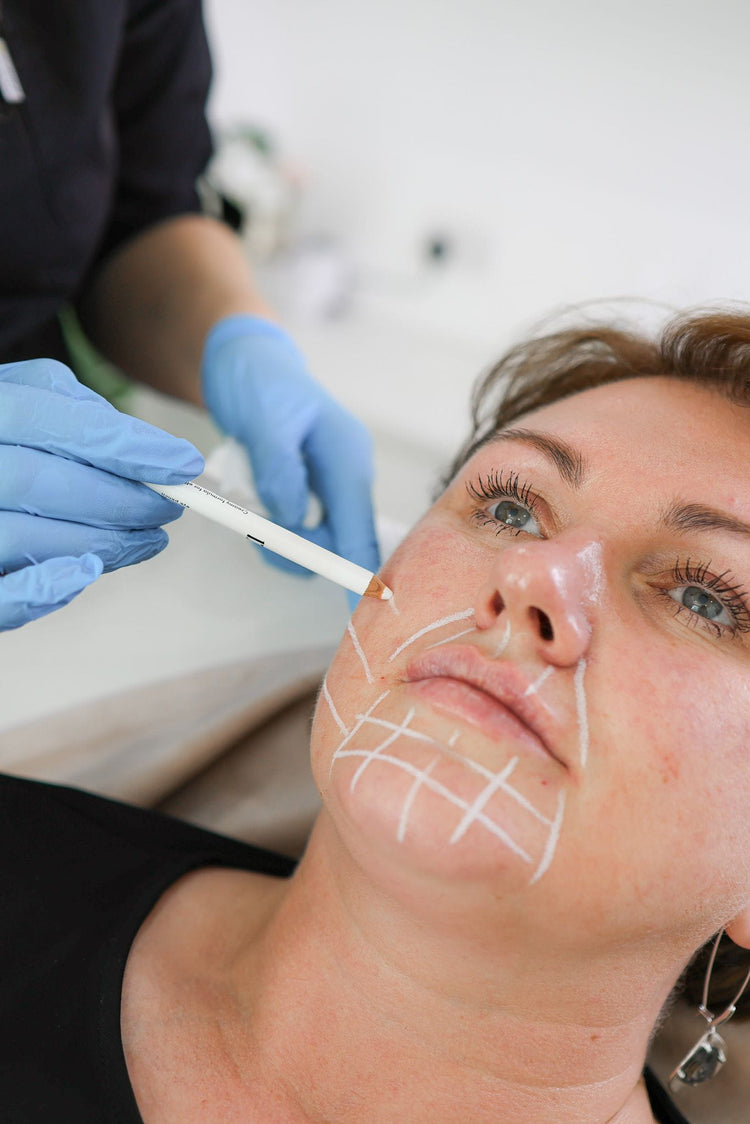
Microdermabrasion is a popular non-surgical treatment used to rejuvenate the delicate under-eye area. This procedure involves using a specialized device to gently exfoliate the top layers of skin. The controlled abrasion helps to remove dead skin cells, revealing smoother and brighter skin underneath.
Microdermabrasion can effectively address concerns such as fine lines, wrinkles, dark circles, and uneven skin tone around the eyes. The treatment stimulates collagen production, improving skin elasticity and promoting a more youthful appearance.
Surgical Treatments
Surgical treatments offer a definitive approach to addressing under-eye rejuvenation concerns. Procedures like blepharoplasty can effectively remove excess skin, fat, and muscle, leading to significant improvements in the appearance of drooping eyelids, puffiness, and wrinkles. These surgical techniques provide lasting results but generally require a longer recovery period compared to non-surgical options.
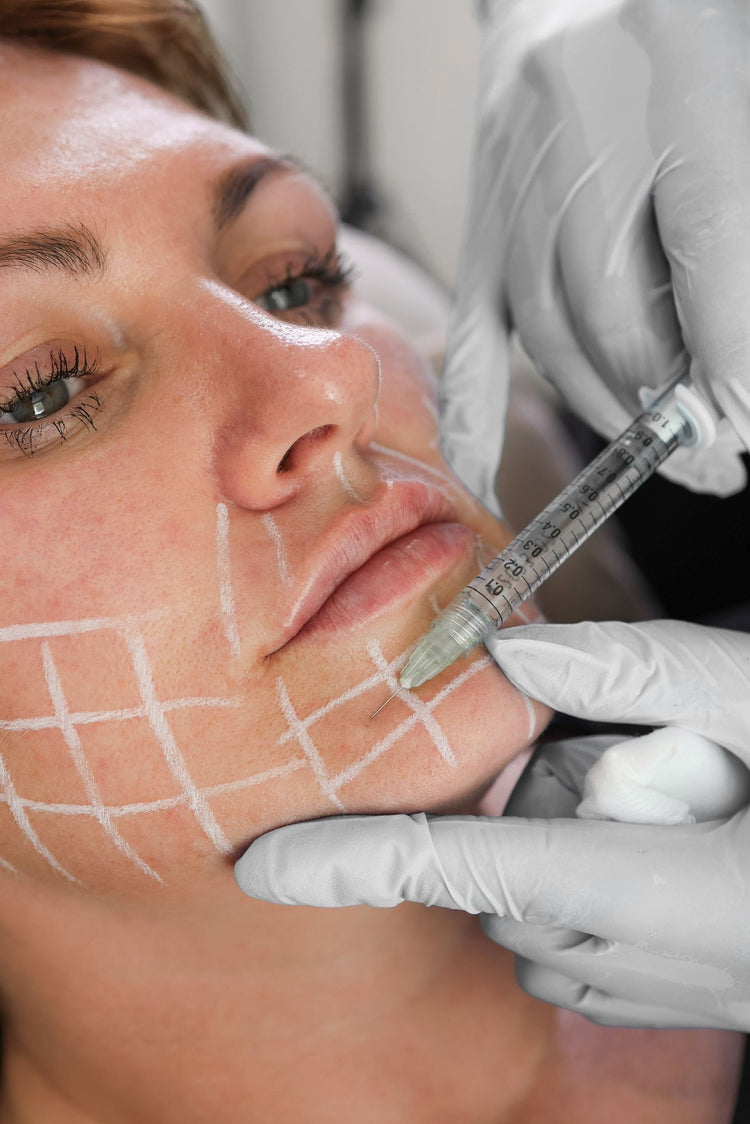
Blepharoplasty (Eyelid Lift)
Blepharoplasty, commonly known as an eyelid lift, is a surgical procedure designed to rejuvenate the eye area by removing excess skin, fat, or muscle that contributes to sagging eyelids, puffiness, and wrinkles.
- Blepharoplasty can address both upper and lower eyelids.
- Upper blepharoplasty removes excess skin from the upper eyelid crease, improving vision by lifting the eyelid and creating a more youthful appearance.
- Lower blepharoplasty targets excess skin, fat, and wrinkles in the lower eyelids, resulting in smoother contours and a reduction in puffiness or bags under the eyes.
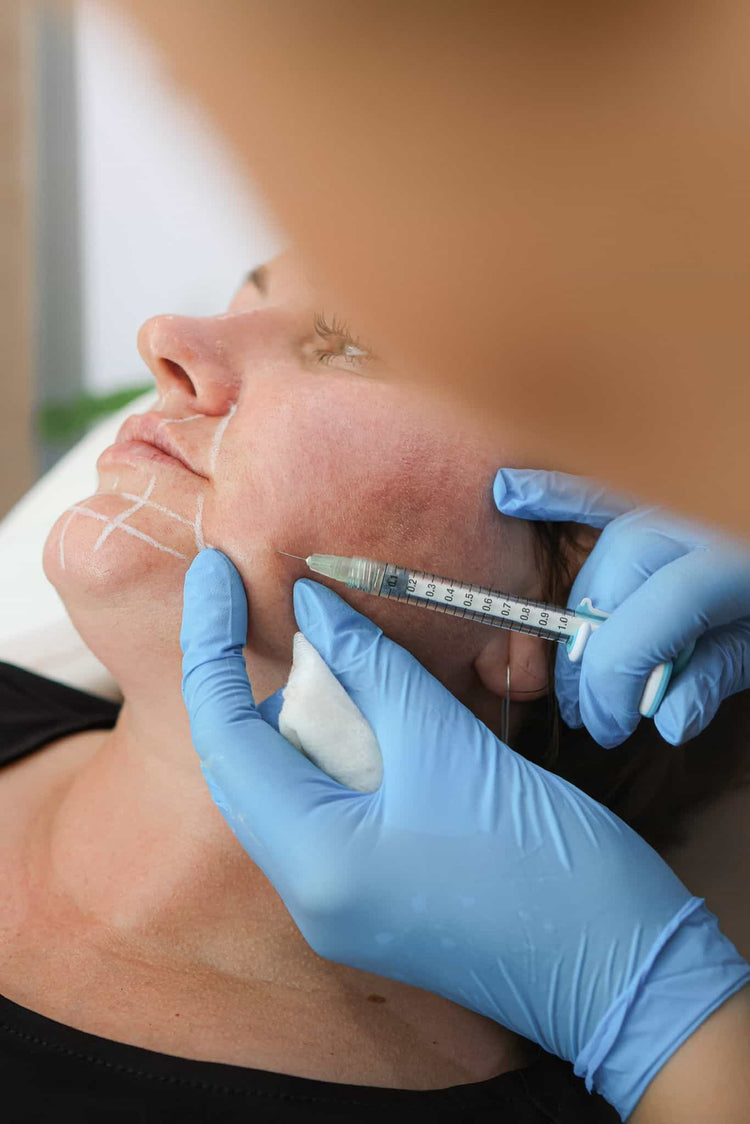
Choosing the Right Treatment
Choosing the right treatment for under-eye rejuvenation is a personal decision that depends on individual needs and goals.
Consultation with a Specialist
Consulting with a specialist is crucial in determining the most suitable treatment option for under-eye rejuvenation. A qualified dermatologist or plastic surgeon will thoroughly assess your individual concerns, skin type, and medical history to recommend the best course of action. During the consultation, discuss your desired outcomes, any previous treatments you’ve undergone, and any underlying medical conditions. The specialist will explain the various treatment options available, outlining their benefits, risks, downtime, and expected results. They can also address any questions or concerns you may have, ensuring you feel comfortable and confident in your decision.
By taking the time to consult with a specialist, you can gain valuable insights and make an informed choice that aligns with your aesthetic goals and overall well-being.
Assessing Your Needs and Goals
Choosing the right treatment for under-eye rejuvenation requires a careful assessment of your individual needs and goals. Consider factors such as the severity of wrinkles, dark circles, or puffiness, as well as your desired outcome and comfort level with different procedures.
For mild to moderate concerns, non-surgical treatments like Botox or dermal fillers might be suitable. Botox can effectively reduce crow’s feet and fine lines, while dermal fillers add volume and plumpness to the under-eye area. Chemical peels offer a more intensive approach, exfoliating the skin and improving texture, pigmentation, and fine lines.
If you seek more dramatic results or have deeper wrinkles and sagging skin, surgical treatments like blepharoplasty might be a better option. Blepharoplasty removes excess skin and fat from the eyelids, creating a more youthful and refreshed appearance. Remember that surgical procedures typically require a longer recovery time than non-surgical options.
Budget Considerations
Budget considerations play a significant role in determining the most suitable under-eye rejuvenation treatment. Non-surgical treatments generally have lower upfront costs compared to surgical procedures. Botox, dermal fillers, chemical peels, and microdermabrasion can be more affordable options, with multiple treatment sessions often needed for optimal results.
Surgical treatments like blepharoplasty typically involve a higher initial investment due to the complexity of the procedure and the expertise of the surgeon. However, surgical results are often more long-lasting than non-surgical options, potentially reducing the need for repeated treatments in the long run.
It’s essential to factor in additional costs such as consultations, anesthesia (if applicable), post-operative care, and potential touch-up procedures when budgeting for under-eye rejuvenation. Discussing your financial constraints with a specialist can help determine which treatment options align with your budget while achieving your desired outcomes.
Recovery and Results
Under-eye rejuvenation treatments have advanced significantly, offering both surgical and non-surgical options to address signs of aging and enhance the delicate eye area.
Downtime Expectations for Different Treatments
Recovery times for under-eye rejuvenation treatments vary depending on the chosen method. Non-surgical procedures generally have minimal downtime, with patients able to resume their normal activities immediately or within a few days.
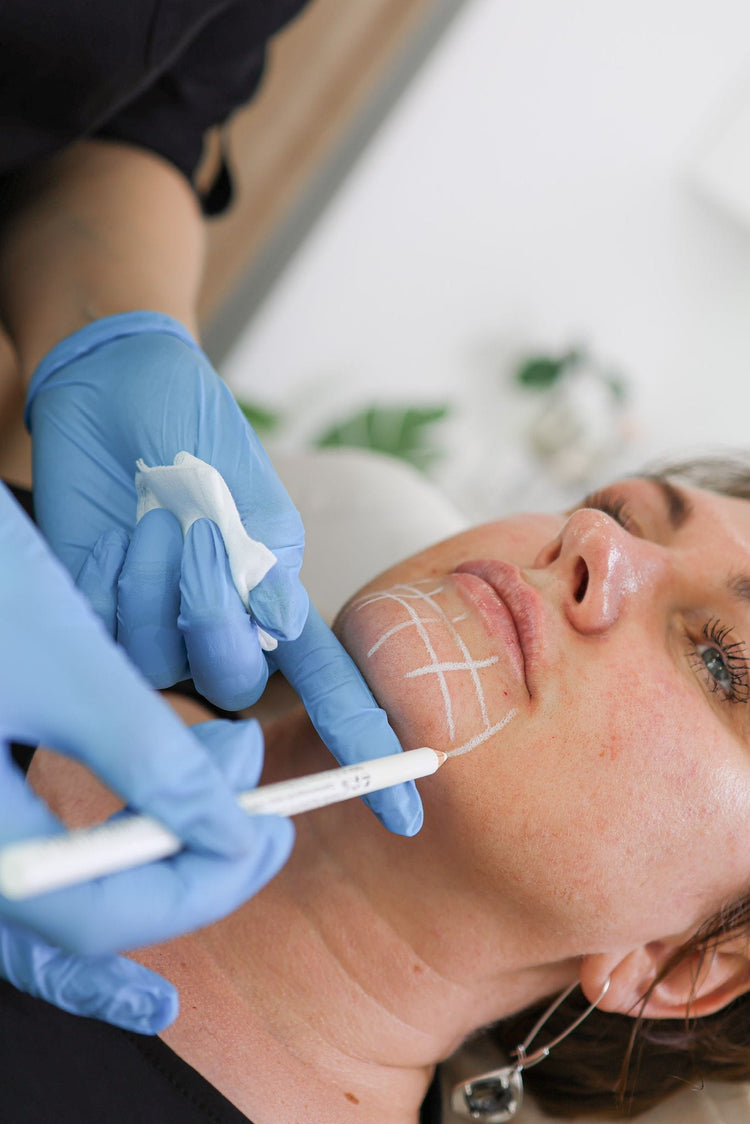
Botox results are visible within days and require no recovery time. Dermal fillers typically involve some mild swelling or bruising that subsides within a few days. Chemical peels may result in redness and peeling for a week, while microdermabrasion causes minimal discomfort and allows for immediate return to daily activities.
Surgical treatments like blepharoplasty require a longer recovery period, usually several weeks. Patients may experience swelling, bruising, and temporary blurry vision. Strenuous activity should be avoided during the initial healing phase, and stitches typically dissolve within a few weeks.
Long-Term Maintenance and Touch-Ups
Recovery times for under-eye rejuvenation treatments vary depending on the chosen method. Non-surgical procedures generally have minimal downtime, with patients able to resume their normal activities immediately or within a few days. Botox results are visible within days and require no recovery time. Dermal fillers typically involve some mild swelling or bruising that subsides within a few days. Chemical peels may result in redness and peeling for a week, while microdermabrasion causes minimal discomfort and allows for immediate return to daily activities.
Surgical treatments like blepharoplasty require a longer recovery period, usually several weeks. Patients may experience swelling, bruising, and temporary blurry vision. Strenuous activity should be avoided during the initial healing phase, and stitches typically dissolve within a few weeks.
Long-term maintenance for non-surgical treatments depends on the specific procedure and individual factors. Botox results typically last for 3-6 months, requiring repeat injections to maintain the desired effect. Dermal fillers can provide longer-lasting results, often lasting 6-18 months, but touch-up treatments are generally needed to prolong their effects.
For chemical peels, multiple sessions are usually recommended for optimal results and sustained improvement, with follow-up treatments spaced several weeks or months apart. Microdermabrasion can be performed on a regular basis, typically every 2-4 weeks, to maintain smoother skin texture and reduce the appearance of fine lines.
Surgical treatments like blepharoplasty offer more lasting results than non-surgical options. While touch-up procedures may be needed years later depending on individual factors, the initial surgery provides a significant and long-lasting improvement in the appearance of the under-eye area.
Expected Outcomes and Benefits
Recovery times for under-eye rejuvenation treatments vary depending on the chosen method. Non-surgical procedures generally have minimal downtime, with patients able to resume their normal activities immediately or within a few days.
Botox results are visible within days and require no recovery time. Dermal fillers typically involve some mild swelling or bruising that subsides within a few days. Chemical peels may result in redness and peeling for a week, while microdermabrasion causes minimal discomfort and allows for immediate return to daily activities. Surgical treatments like blepharoplasty require a longer recovery period, usually several weeks. Patients may experience swelling, bruising, and temporary blurry vision. Strenuous activity should be avoided during the initial healing phase, and stitches typically dissolve within a few weeks.
Long-term maintenance for non-surgical treatments depends on the specific procedure and individual factors. Botox results typically last for 3-6 months, requiring repeat injections to maintain the desired effect. Dermal fillers can provide longer-lasting results, often lasting 6-18 months, but touch-up treatments are generally needed to prolong their effects.
For chemical peels, multiple sessions are usually recommended for optimal results and sustained improvement, with follow-up treatments spaced several weeks or months apart. Microdermabrasion can be performed on a regular basis, typically every 2-4 weeks, to maintain smoother skin texture and reduce the appearance of fine lines.
Surgical treatments like blepharoplasty offer more lasting results than non-surgical options. While touch-up procedures may be needed years later depending on individual factors, the initial surgery provides a significant and long-lasting improvement in the appearance of the under-eye area.
Top Clinics in Frensham, Surrey
Frensham, Surrey boasts a number of reputable clinics offering a range of under-eye rejuvenation treatments. While it’s difficult to definitively list the “top” clinics without specific criteria or patient reviews, here are some well-regarded options known for their expertise in cosmetic procedures:
* **Clinic Name 1:** This clinic is renowned for its experienced team of dermatologists and plastic surgeons who utilize advanced techniques for under-eye rejuvenation. They offer a comprehensive range of treatments, including Botox, dermal fillers, chemical peels, and blepharoplasty.
* **Clinic Name 2:** Known for its focus on personalized care, Clinic Name 2 takes a thorough approach to understanding each patient’s individual needs and concerns. They provide both non-surgical and surgical options for under-eye rejuvenation, ensuring patients can select the most suitable solution.
* **Clinic Name 3:** This clinic emphasizes cutting-edge technology and minimally invasive procedures. They are known for their expertise in laser treatments, which can effectively address pigmentation issues and skin texture concerns around the eyes.
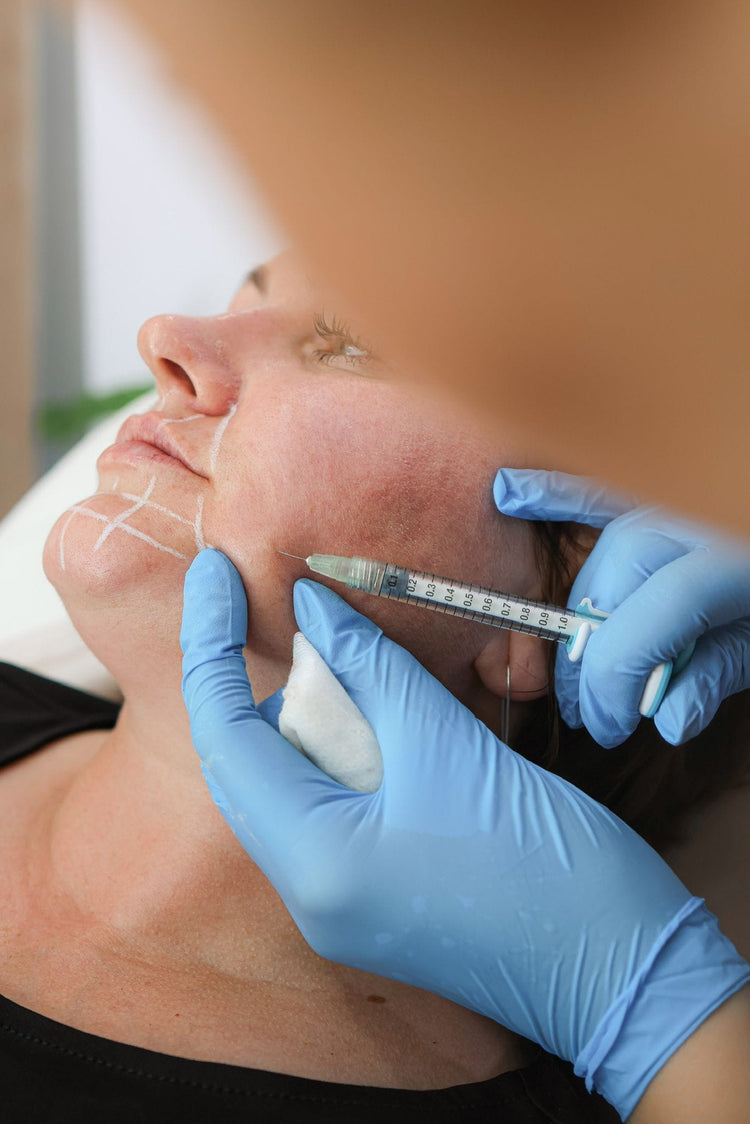
Remember to thoroughly research any clinic before making a decision. Look for experienced practitioners, positive patient reviews, and a commitment to safety and ethical practices.
Get the perfect pout with Dr. Laura Geige at It’s Me & You Clinic
- Under Eye Rejuvenation In Frensham, Surrey - November 7, 2025
- The Rise Of Cannabis Beverages: Changing The Way We Consume THC - November 4, 2025
- THC Drinks For Sleep: Do They Really Work? - November 1, 2025
